Stadium Lighting

What is the importance of lighting in sports stadium design ?
Lighting plays a crucial role in the design of sports stadiums, ensuring safety and visibility for athletes and enhancing the overall experience for spectators. Proper lighting allows athletes to clearly see the playing field and make accurate judgments about distance, speed, and direction, leading to better performance. Well-designed lighting systems also minimize glare and reflections, reducing eye strain for spectators and providing an enjoyable viewing experience. Energy efficiency and cost savings are important considerations in sports stadium lighting design. LED lighting technology consumes less energy compared to traditional lighting sources and has a longer lifespan, reducing maintenance costs and frequency of replacement. Smart lighting systems can adjust brightness levels based on natural light availability and be controlled remotely, further reducing energy consumption. Lighting also plays a role in creating atmosphere and ambiance within sports stadiums. Different colors of lighting can evoke different emotions among spectators, creating a unique atmosphere for each event. Customized lighting schemes can be used to promote team colors or sponsor logos, enhancing brand recognition. Advanced lighting systems can create dynamic light shows during halftime or between events, adding excitement and entertainment value. Interactive lighting features can engage spectators and create a sense of community within the stadium. In conclusion, lighting is a vital aspect of sports stadium design that ensures safety and visibility, promotes energy efficiency and cost savings, and enhances the overall atmosphere and ambiance of the event. As technology continues to advance, it is essential for stadium designers to stay updated with the latest trends and innovations in lighting systems to provide the best possible experience for both athletes and spectators alike.
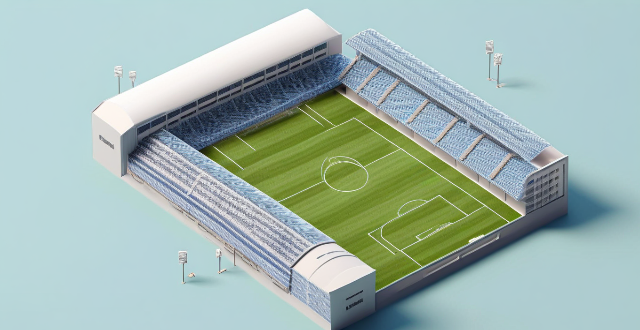
What role does technology play in the design of a sports stadium ?
Technology has revolutionized the design of sports stadiums, enhancing fan experience with interactive displays, mobile apps, and augmented reality. It also improves functionality and safety through advanced lighting systems, security cameras, and smart building management systems. As technology evolves, we can expect more innovative solutions that will further transform the way we enjoy sports events.
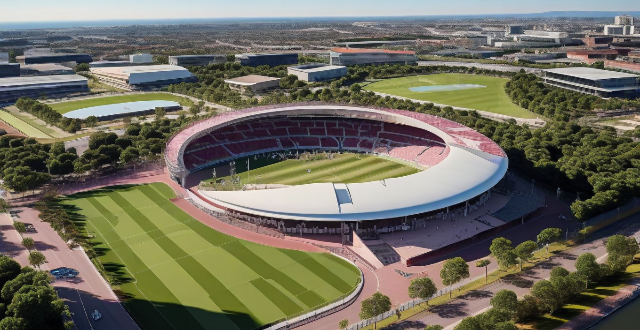
How can a sports stadium be designed to enhance fan engagement and experience ?
Designing a sports stadium to enhance fan engagement and experience requires careful consideration of various factors. These include seating arrangements, technology integration, amenities, and more. Key strategies for designing an engaging stadium involve creating premium seating options near the field, ensuring good viewing angles, providing comfortable seating, offering strong Wi-Fi connectivity, developing mobile apps, installing large screen displays, integrating interactive features, offering a variety of food and beverage options, ensuring ample restroom facilities, creating merchandise stores, designating family-friendly areas, using music and lighting effects to create an energetic atmosphere, encouraging fan interaction through contests and giveaways, and planning themed events around holidays or special occasions. By prioritizing these factors, you can ensure that your sports stadium becomes a destination for sports enthusiasts seeking an exceptional experience.
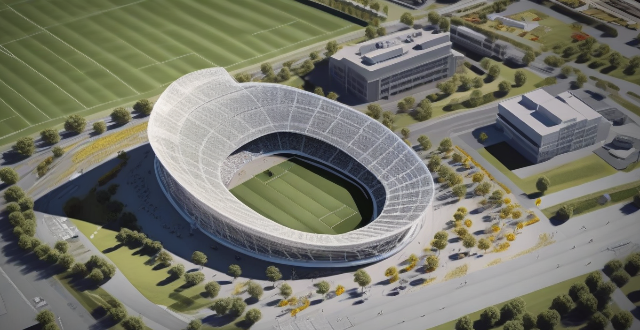
What are some innovative features that can be included in modern sports stadium design ?
Innovative features in modern sports stadium design include sustainable construction, advanced technology, enhanced fan experience, safety and security measures, flexible design, and environmentally conscious facilities. These features aim to improve the fan experience, increase sustainability, and ensure the safety of attendees.

How does the type of sport influence the design of a sports stadium ?
The type of sport played in a stadium significantly influences its design, with each sport having unique requirements and considerations. The size and layout of the stadium must accommodate the specific dimensions needed for the sport, such as a larger soccer field compared to a basketball court. The seating capacity is also influenced by the popularity of the sport, with larger stadiums often required for sports with large fan bases. Facilities and amenities within the stadium are tailored to the sport, including specialized equipment or technology like scoreboards for sports that require them. Acoustics play a role in some sports, with quiet environments necessary for tennis matches and louder environments for football games. Safety and security measures are also tailored to the sport, with additional padding or barriers needed for contact sports and extra security measures for sports that attract rowdy fans. In conclusion, the design of a sports stadium is heavily influenced by the type of sport being played, requiring unique considerations for each sport's needs in terms of size, layout, facilities, acoustics, and safety.

How do energy-efficient lighting systems compare to traditional lighting systems in terms of performance and quality ?
Energy-efficient lighting systems outperform traditional lighting in luminous efficacy, lifespan, and color rendering index. They often offer dimming capabilities and instant on/off features. In terms of quality, energy-efficient options are more environmentally friendly, cost-effective over time, maintain consistent light quality, generate less heat, and provide a wider range of design options. Overall, energy-efficient lighting offers superior performance and quality compared to traditional systems.
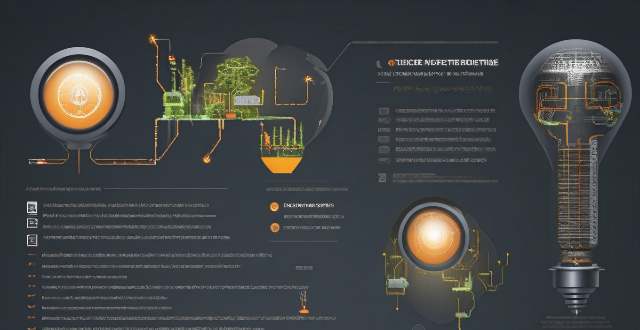
How do energy-efficient lighting systems work ?
Energy-efficient lighting systems work by using advanced technologies and materials that minimize the amount of energy required to produce light. They include LED lighting, compact fluorescent lamps (CFLs), and smart lighting controls. LEDs convert up to 80% of their energy into light, have a long lifespan, and generate less heat than traditional bulbs. CFLs use about 75% less energy than incandescent bulbs and come in various colors and styles. Smart lighting controls automatically adjust the amount of light based on occupancy levels or desired brightness, reducing unnecessary energy waste. Overall, these systems offer significant advantages over traditional lighting methods in terms of energy savings, longevity, and safety.
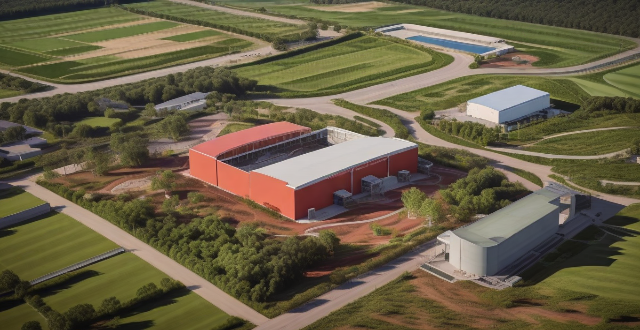
What is the connection between deforestation for stadium construction and increased greenhouse gas emissions ?
Deforestation for stadium construction leads to increased greenhouse gas emissions by reducing carbon sinks, disturbing soil, consuming energy during construction and operation, altering albedo, increasing transportation-related emissions, generating waste, affecting biodiversity, and changing water regulation. Mitigation strategies include sustainable design, using renewable energy, promoting public transportation, carbon offsetting, and effective waste management.
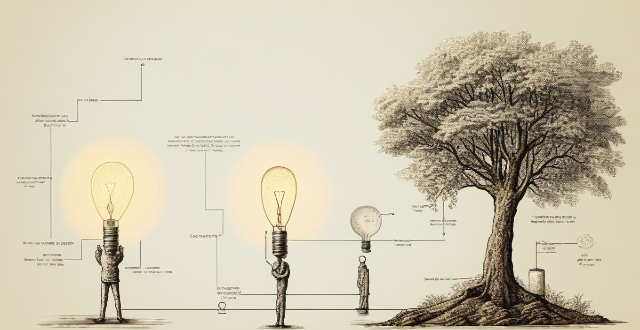
How do I choose the right energy-efficient lighting system for my needs ?
Choosing the right energy-efficient lighting system involves assessing your needs, considering options like LED and solar lighting, evaluating energy efficiency ratings, and factoring in maintenance costs.
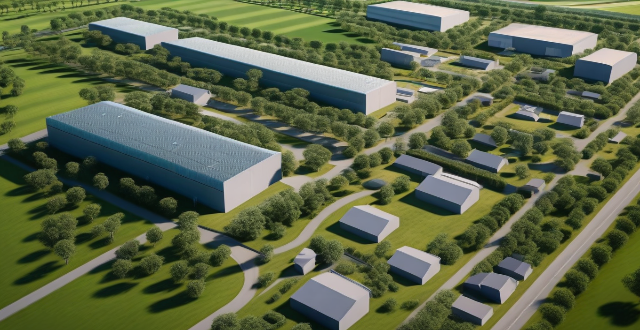
What are the benefits of energy-efficient lighting systems ?
Energy-efficient lighting systems offer multiple benefits, including reducing energy consumption and positively impacting the environment, economy, and overall well-being. They help lower greenhouse gas emissions and promote sustainability by lasting longer and using recyclable materials. Economically, these systems reduce energy costs and require fewer replacements over time, making them cost-effective. They also provide better visual comfort, reducing eye strain and increasing productivity, while producing less heat for a more comfortable environment. Upgrading to energy-efficient lighting systems contributes to a more sustainable future for all.
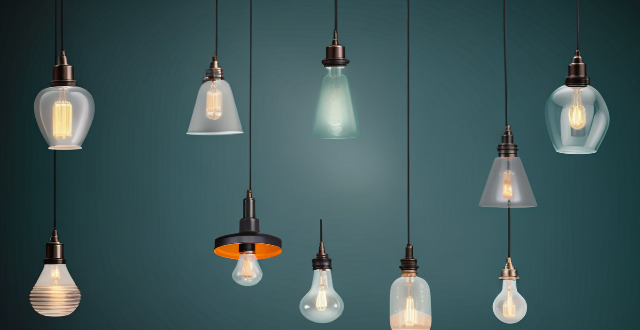
What are the different types of energy-efficient lighting systems available ?
Energy-efficient lighting systems reduce energy consumption while providing adequate light. They include incandescent bulbs, halogen bulbs, compact fluorescent lamps (CFLs), LED lights, solar lights, and smart lighting systems. Each has its advantages and disadvantages, so it's important to choose the right type based on needs and budget.
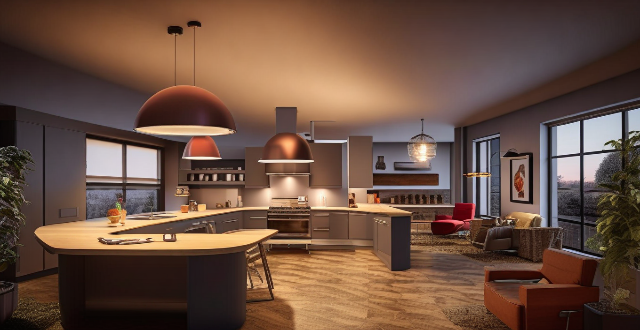
Can energy-efficient lighting systems be used in commercial buildings as well as residential homes ?
Energy-efficient lighting systems offer significant energy savings, reduced maintenance costs, and environmental benefits. LED, CFL, and halogen lighting are common types of energy-efficient lighting systems that can be used in both commercial buildings and residential homes. By choosing an energy-efficient lighting system, users can contribute to a more sustainable future while also saving money on utility bills.

Are there any government incentives for installing energy-efficient lighting systems ?
Governments worldwide are offering incentives to encourage the installation of energy-efficient lighting systems. These incentives include tax credits, rebates, grants, and subsidies aimed at reducing energy consumption, lowering greenhouse gas emissions, and promoting sustainable development. Types of government incentives for energy-efficient lighting systems include: 1. Tax Credits: Allow businesses and individuals to deduct a portion of the cost of installing energy-efficient lighting from their taxable income. 2. Rebates: Provide a direct payment to businesses or individuals who install energy-efficient lighting systems. 3. Grants: Financial awards given to support the installation of energy-efficient lighting systems without requiring any initial investment from the recipient. 4. Subsidies: Financial assistance provided by governments to make energy-efficient lighting systems more affordable through mechanisms like low-interest loans and interest rate subsidies. Benefits of energy-efficient lighting systems include significant energy savings, reduced environmental impact, and long-term cost savings. Despite the higher initial cost compared to traditional lighting systems, the reduced energy consumption and maintenance costs can offset the investment over time, making these systems a wise financial decision.

What role does lighting play in capturing the perfect food photo ?
The role of lighting in food photography is crucial for capturing the perfect photo. Key aspects to consider include color temperature and mood, directionality and shadows, intensity and exposure, background and ambiance, and experimentation and creativity. Warm lighting enhances warm, comfort foods while cool lighting complements cold dishes like salads or seafood. Natural light provides soft, even illumination while artificial light allows for more control over directionality. Bright lighting captures vibrant colors but can cause overexposure, while dim lighting creates a moody effect but may require longer exposure times. Simple backgrounds with subtle lighting accents allow the food to be the main focus, while elaborate setups incorporate additional lighting elements for an immersive dining experience. Experimenting with multiple light sources and using reflectors and diffusers can achieve a balanced and pleasing result. Mastering lighting techniques can elevate food photos from ordinary to extraordinary.
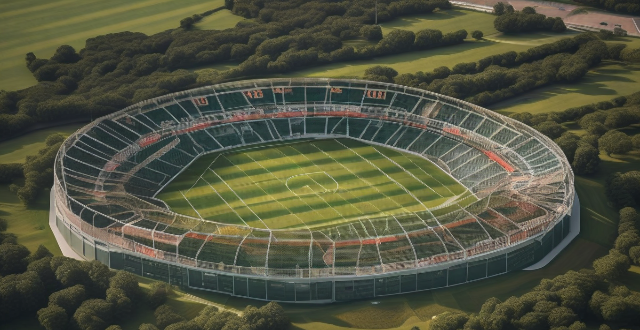
Where will the next Summer Olympics football tournament be held ?
The next Summer Olympics football tournament will take place in Tokyo, Japan from July 23 to August 8, 2021. The matches will be played at several stadiums across Japan, including Saitama Stadium, Sapporo Dome, International Stadium Yokohama, Nippon Gaishi Stadium, and Kashima Soccer Stadium. There will be 16 men's national teams and 12 women's national teams competing for gold medals in their respective categories. Due to the COVID-19 pandemic, there have been some changes to the schedule and format of the tournament, including limited spectators, staggered scheduling, and regular testing for all participants.
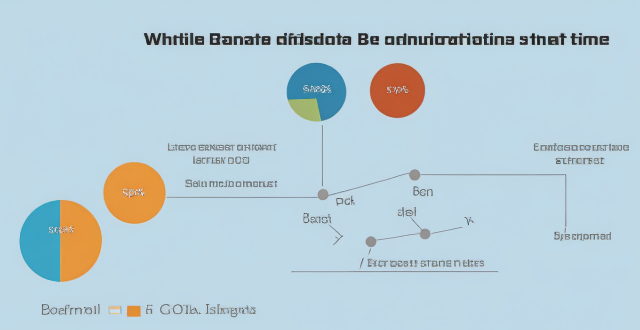
How much money can I save by switching to an energy-efficient lighting system ?
Switching to an energy-efficient lighting system can result in significant cost savings over time, depending on several factors such as the type of lighting system currently used, the size of the space, and the hours of operation. Comparing the costs of different lighting systems reveals that LED bulbs offer the lowest operating costs due to their minimal energy consumption. Switching to LED bulbs can also provide other benefits such as reduced environmental impact, longer lifespan, improved light quality, safety, and reliability.
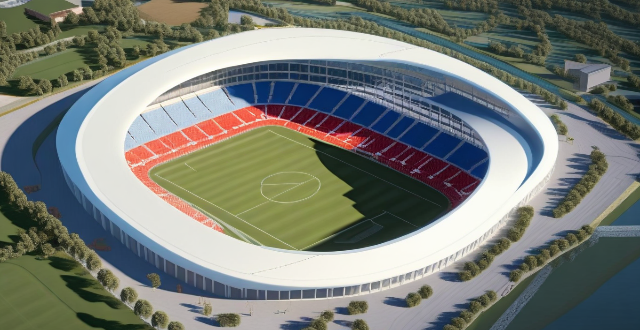
What are the key factors to consider when designing a sports stadium ?
When designing a sports stadium, several key factors must be considered to ensure its success and functionality. These include location and accessibility, capacity and seating arrangement, facilities and amenities, technology and infrastructure, and environmental sustainability. The stadium should be easily accessible by public transportation and have adequate parking spaces. It should also have clear pedestrian access points and designated areas for disabled spectators. The size of the stadium should match the expected number of spectators, and the seating layout should provide good sightlines and comfortable viewing angles. Concessions, restrooms, first aid stations, and security measures should also be taken into account. Modern technology like scoreboards, Wi-Fi connectivity, and sound systems are essential for enhancing the fan experience. Finally, environmental sustainability features such as energy efficiency, water conservation, and waste management systems should be incorporated into the design to minimize the stadium's impact on the environment.

What are some examples of sustainable sports facilities ?
Sustainable sports facilities prioritize environmental responsibility, incorporating features like renewable energy sources and water conservation techniques. Examples include the Bird's Nest Stadium in Beijing, Emirates Stadium in London, Olympic Aquatics Centre in London, Mercedes-Benz Arena in Berlin, and Allianz Field in Minnesota. These facilities demonstrate how sustainability can be integrated into sports infrastructure to minimize environmental impact while providing high-quality experiences for athletes and spectators.
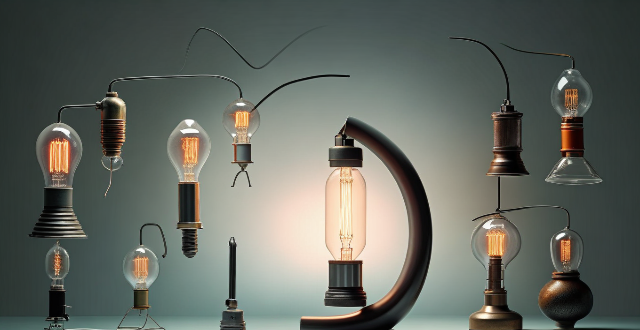
Are there any drawbacks to using energy-efficient lighting systems ?
Energy-efficient lighting systems offer reduced energy consumption and cost savings, but come with potential drawbacks such as higher upfront costs, compatibility issues, color quality concerns, maintenance and disposal challenges, and potential health risks. It's important to weigh the pros and cons carefully before making a final choice.

How do I photograph food in natural light versus artificial light ?
Food photography is an art form that requires mastery of lighting techniques. Both natural and artificial light have their own advantages and challenges. Natural light offers soft, warm light but can be inconsistent due to changing weather and time of day. Artificial light provides consistent and controllable lighting but can be harsh if not diffused properly. Best practices for both types of lighting include using modifiers, experimenting with color temperatures, and diffusing the light. Understanding the strengths and weaknesses of each type of lighting will allow you to make informed decisions about how to capture your subject in the most appetizing way possible.

How do sports photographers capture the beauty and emotion of athletic events ?
**How Sports Photographers Capture the Beauty and Emotion of Athletic Events** 1. **Understanding the Sport**: Research and anticipation help photographers capture key moments. 2. **Equipment Choices**: Appropriate lenses, high-speed cameras, and stabilizing devices are essential. 3. **Positioning**: Unique angles, perspectives, and clean backgrounds enhance photos. 4. **Timing and Composition**: Precise timing and thoughtful composition are crucial. 5. **Lighting**: Natural and artificial lighting affect photo quality. 6. **Emotion and Storytelling**: Capturing emotions and telling stories through images is impactful. 7. **Post-Processing**: Editing and selecting the best shots is part of the process. 8. **Ethics and Professionalism**: Respect and professionalism guide sports photographers in their work.

How long does it take for an energy-efficient lighting system to pay for itself ?
The article discusses the financial benefits of investing in energy-efficient lighting systems and how long it takes for such an investment to pay off. It highlights that the payback period depends on several factors, including the cost of the system, energy savings achieved, usage patterns, and electricity rates. The article provides a step-by-step guide to calculate the payback period and offers an example calculation. Overall, the article emphasizes the long-term financial advantages of adopting energy-efficient lighting solutions.

How can we reduce energy consumption in households ?
Reducing energy consumption in households is crucial for saving money and promoting environmental sustainability. Effective methods include switching to energy-efficient appliances, improving insulation, using LED lighting, optimizing heating and cooling, saving water, unplugging electronics, utilizing natural lighting and ventilation, cooking efficiently, and adopting energy-saving habits in laundry and cleaning. Educating family members and monitoring energy usage are also key steps towards reducing a household's energy consumption.
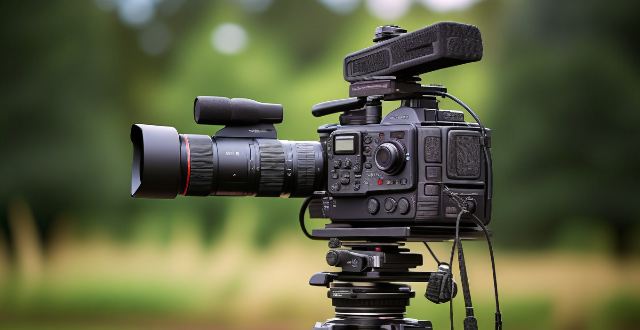
What equipment do I need to start with food photography ?
Starting with food photography requires essential equipment such as a camera with manual controls, macro capability, and RAW support; lenses including macro, standard zoom, and prime lenses for focus control and depth of field; a tripod for stability especially in low light; lighting equipment like softboxes, reflectors, and continuous lighting for shaping and controlling light on the subject; backgrounds and surfaces that enhance the mood and style; props and accessories to add context and interest; and post-processing software for image refinement. While gear is important, creativity and passion are equally crucial for capturing beautiful food images.

What are the most popular climate-friendly products in the market today ?
The article discusses popular climate-friendly products available in the market today. These include solar panels, electric cars, smart thermostats, and LED light bulbs. Solar panels are a renewable energy source with low maintenance costs and a long lifespan. They reduce reliance on fossil fuels and have government incentives for installation. The benefits of using solar panels include decreased carbon footprint, lower electricity bills, energy independence, and a cleaner environment. Electric cars have lower greenhouse gas emissions, high efficiency, low operational costs, advanced technology features, and a wide range of models available. They reduce air pollution, offer a quieter driving experience, provide potential tax credits and rebates, and support the transition to renewable energy sources. Smart thermostats optimize energy efficiency, have remote control capabilities, learning algorithms to adapt to user preferences, compatibility with various HVAC systems, and easy installation process. They significantly reduce heating and cooling costs, improve indoor comfort levels, minimize wasted energy usage when not at home or sleeping, and contribute to a smaller carbon footprint through energy conservation. LED light bulbs have a long lifespan compared to traditional bulbs, low energy consumption, bright natural light quality, variety of styles and colors available, and compatibility with smart home systems for automated lighting control. They drastically reduce electricity usage for lighting needs, lessen the need for frequent replacements due to longer lifespan, offer customizable lighting options for different moods and tasks, and support environmental conservation efforts by using less energy overall.

What are the best techniques for food photography ?
Food photography is an art that requires technical skills, creativity, and attention to detail. Some techniques for capturing mouthwatering images include using natural lighting, paying attention to composition, choosing a color palette, using props and styling elements, and post-processing. Tips for each technique are provided, such as shooting near windows or in shaded areas for natural lighting, using the rule of thirds for composition, selecting complementary colors for the color palette, choosing props that complement the dish without competing for attention, and adjusting exposure, contrast, and saturation during post-processing.
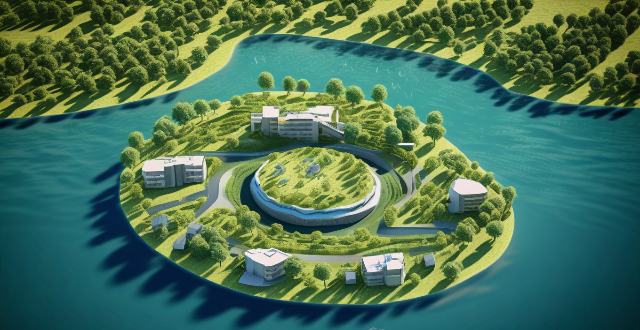
How can sports contribute to environmental sustainability ?
Sports can contribute to environmental sustainability by adopting practices that reduce energy consumption, minimize waste generation, conserve water resources, and encourage sustainable transportation options. These practices include using renewable energy sources, designing energy-efficient facilities, reducing single-use plastics, implementing composting programs, harvesting rainwater, installing water-saving fixtures, promoting public transit and active transportation, and investing in carbon offsetting programs. By incorporating these strategies into their operations and event planning processes, sports organizations can help protect our planet while continuing to inspire people around the world through athletic achievements.
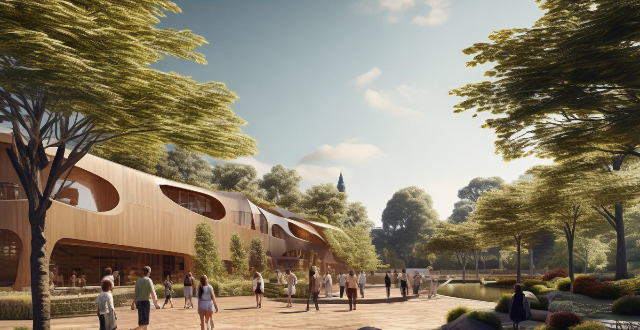
How do sports tourism and mega-events shape the urban landscape and infrastructure ?
Sports tourism and mega-events significantly impact the urban landscape and infrastructure, driving developments in sports facilities, public spaces, urban renewal projects, transportation systems, accommodation facilities, and utility services. These events also raise environmental concerns, prompting host cities to implement sustainable practices. Balancing these developments with environmental considerations is crucial for creating lasting legacies that benefit both current residents and future generations.

How can sports organizations reduce their carbon footprint ?
Sports organizations can reduce their carbon footprint by adopting sustainable practices and promoting environmental awareness through strategies such as energy efficiency, waste management, sustainable transportation, water conservation, responsible food and beverage choices, education and awareness initiatives, and organizing green events. By implementing these measures, they can set an example for other industries to pursue a more sustainable future.